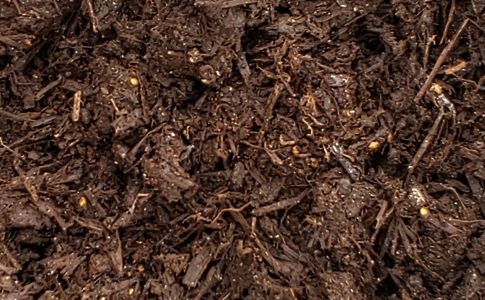The pH of the soil is important in so far as certain elements, vital for plant function and growth, can only be accessed by the plant within a certain pH range. Outside this range the nutrients become “locked” by the
More...Author: Bulleen Art & Garden
Soil Contamination
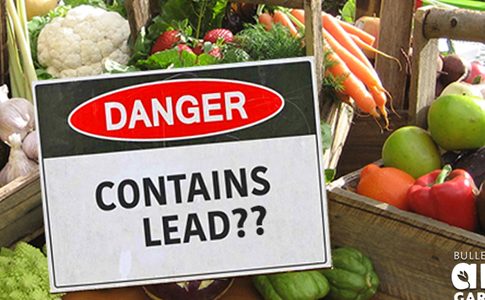
We are frequently asked about soil contamination by customers wanting to grow their own food. Soil in household gardens can sometimes contain elevated, unsafe levels of lead, arsenic and cadmium. This is something everyone should be concerned about, but it
More...Improving Clay Soils

There are a couple of significantly good things about clay soils: the tiny particles which are the building blocks of the clay soil are extremely good at holding onto both water particles and onto nutrients (high cation exchange capacity). This
More...Composting
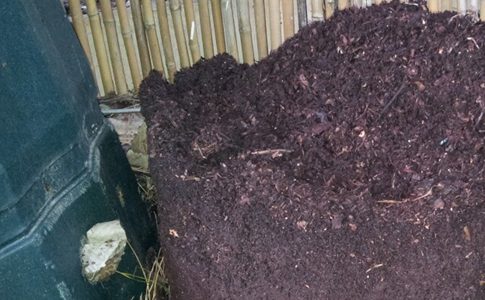
Composting is a natural biological process, which converts wastes to rich organic humus. This process is carried out by organisms, both microscopic and larger, including bacteria, fungi, worms and insects. Apart from the obvious benefits that compost has in our
More...Soil Health
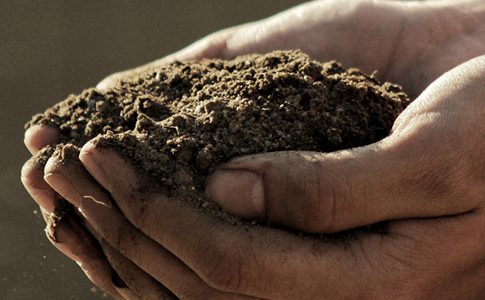
Soil… most people just think of it as dirt, something to grow a few plants in, and maybe something to play in when you are young. However, (healthy) soil is a living, breathing organism, vital for the health and well-being
More...Pruning Cane and Shrub Berries

Pruning berries General rules: Always use sharp secateurs and wipe secateurs down with Methylated Spirits before pruning each bush. This prevents any disease transferring between plants. Cane Berries Annual pruning keeps your cane berries vigorous and prevents the canes becoming
More...Pruning Ornamental Trees
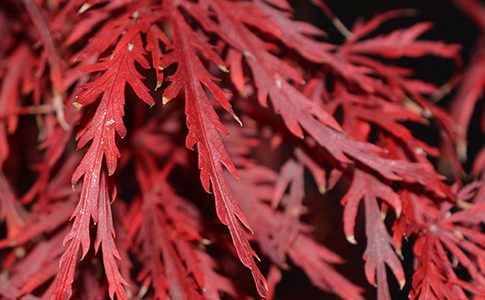
Many ornamental plants will need some form of pruning at some time. Pruning out dead, diseased and damaged growth, encouraging healthy growth, increasing the density, reducing the size of the plant, prolonging the flowering season and promoting bigger blooms are
More...Planting Guide – the ‘how’ and ‘when’
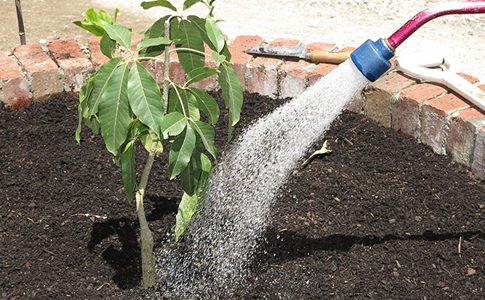
When it comes to planting good timing helps, but life goes on if you miss it. There are quite a few good horticultural reasons for planting trees, shrubs and perennials in autumn or winter; however life has a habit of
More...Pruning Australian Natives
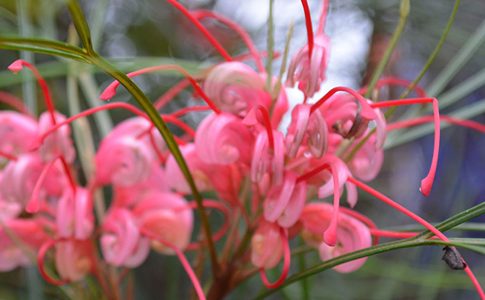
With the continually growing and improving range of Australian native plants available, the days of the scrappy Australian native plant garden are behind us. The range of new cultivars (and the old favourites), like many plant varieties, benefit from pruning.
More...Pruning Fruiting Vines
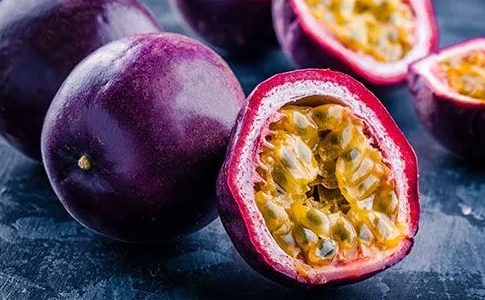
Grapes Grape vines are fairly easy-going when it comes to soil types, and seem to tolerate our clayey Melbourne sub-soils pretty well. Check your pH before popping in a grape, as they prefer a neutral to slightly acid soil. Position
More...Duo or Multi Fruit Tree Planting
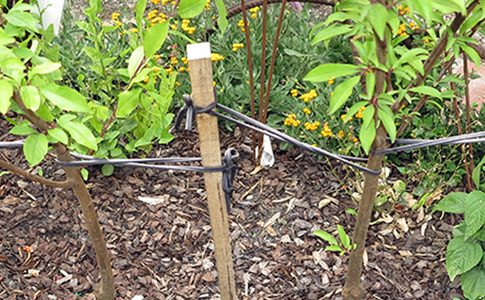
Duo or multi planting is our preferred option (rather than double or multi grafting) when two or more trees are wanted in a small space. The resulting multi trunked, single canopy tree, is easy to manage and prune. You can
More...Bare Root Tree Planting and Pruning Guide
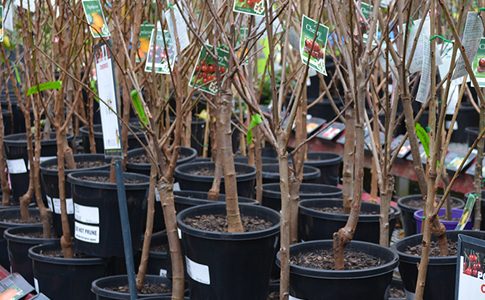
Bare rooted plants are field grown plants which have been dug up from the soil in their dormant state, no soil remains attached to the remaining root mass, hence the term ‘bare rooted’. Read on if you’d like a head
More...Fruit Tree Espaliering
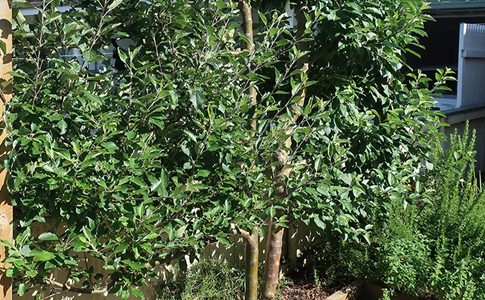
Espaliering is a fantastic way to grow trees (including fruit trees) in smaller spaces. It does require regular work and is definitely not recommended for the lazy gardener or those scared of secateurs, however the effort is well worth it.
More...Pruning Fruit Trees
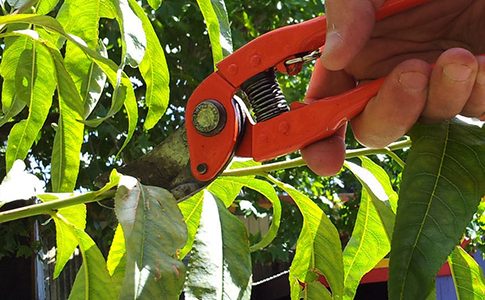
Pruning is basically the removal of selected parts of a tree to control its growth to suit our purposes. Pruning carried out in the first three years to create the trees shape is called formative (framework) pruning. Once the tree
More...

